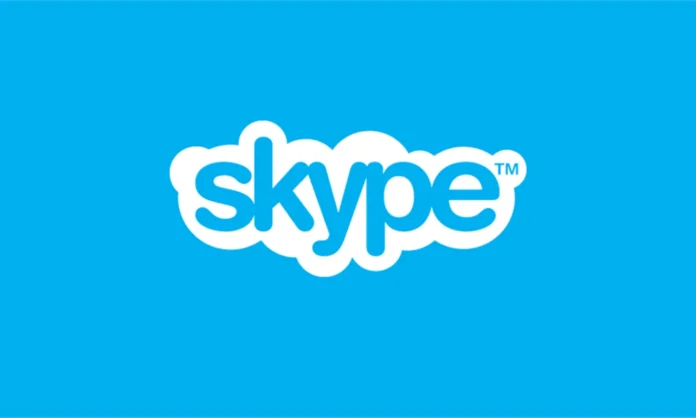Microsoft will finally shut down Skype this May, ending a two-decade run for the once-popular video calling app. The platform, launched in 2003, became a household name in digital communication. Now, Microsoft urges users to switch to its alternative: Microsoft Teams.
Many expected Skype’s end years ago. However, Microsoft kept releasing updates that gave the app short-lived extensions. This time, the message is clear. A notification in Skype’s latest Windows preview reads, “Starting in May, Skype will no longer be available. Continue your calls and chats in Teams.” The shift to Teams is now official.
“Skype ends in May” marks a turning point for Microsoft’s communication tools. The company acquired Skype in 2011 and began merging it into Windows. In 2015, Microsoft added Skype to Windows 10, attempting to replace older services like Windows Live Messenger. But that integration didn’t last long.
Microsoft rolled out separate Skype apps for messaging, video, and voice calls. Yet, it quickly removed them. In 2016, it pushed users to a new UWP version before eventually returning to the Win32 platform.
Then in 2017, Microsoft introduced Teams. Built on Skype’s infrastructure, it was designed to rival Slack. Ever since, the company has invested heavily in expanding Teams. Skype for Business shut down in 2021, signaling that Skype’s end was near.
Even when Windows 11 launched, Microsoft featured Teams, not Skype. The message was clear. Still, updates for Skype continued, leaving users wondering if Microsoft had fully moved on.
Now the final message has arrived. Skype ends in May, and users are advised to migrate their chats and calls to Teams. The app will soon display notifications about this transition.
As users prepare for this change, the phrase Skype ends in May becomes more than a warning. It signals the close of a once-iconic era in digital communication.
For more tech updates, visit DC Brief.


